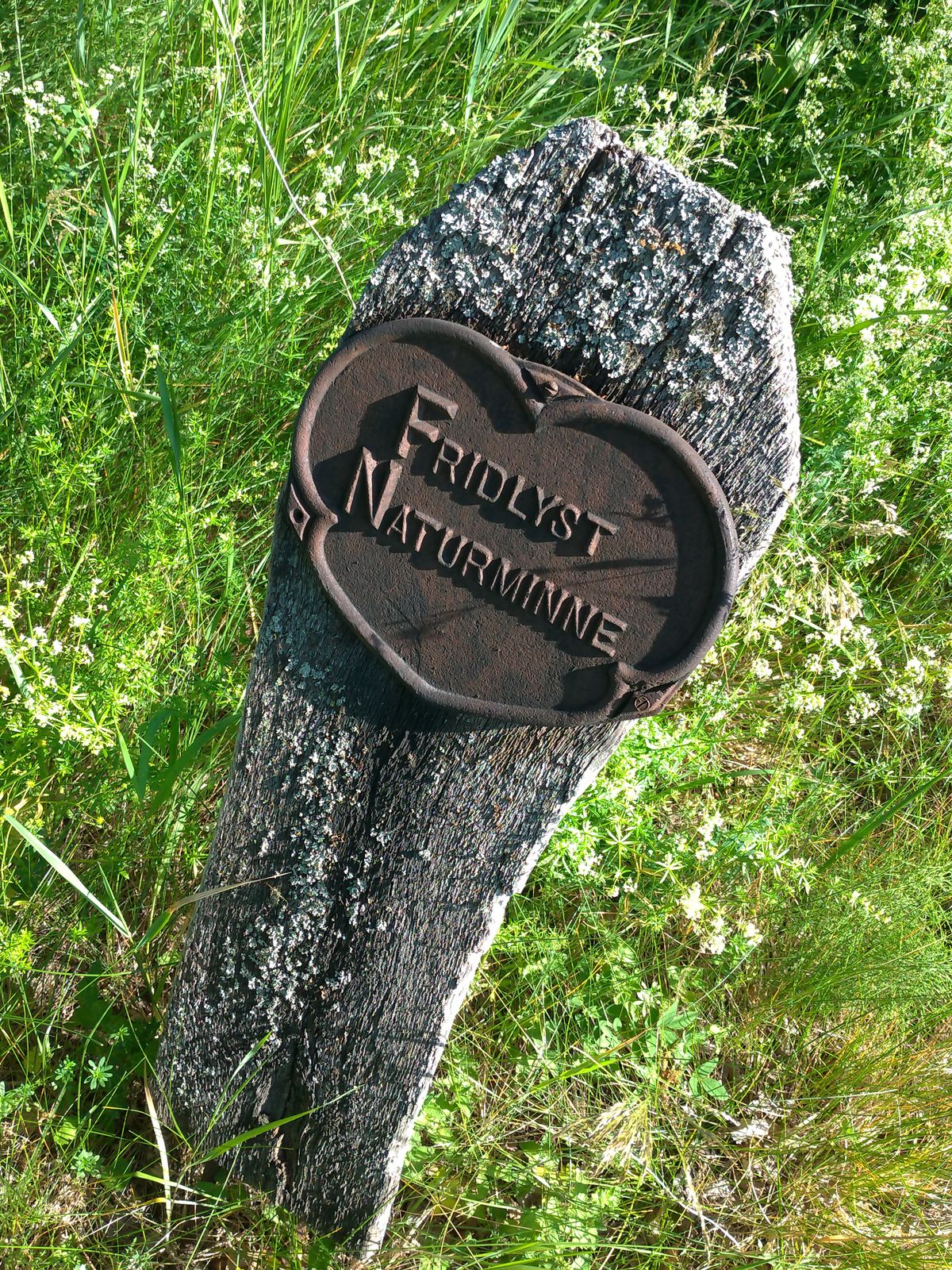About
Like people, trees and plants can be born with mutations that alter their appearance and functions. The Ornäsbjork is a prime example of such a mutation: a normal silver birch that has rather unique pointy leaves.
This birch was discovered by Hans Gustaf Hiordt, Dalarnas County secretary in 1767. Understanding the magnitude of what he had found, he transferred the tree to his land and notified biologists. Carl Linnaeus, the famed Swedish botanist and zoologist who devised the system of binomial nomenclature, got fascinated by the tree and came to describe it. He wanted a shoot of it sent to Uppsala, but Hiordt would not budge.
Linneaus did not manage to get this done in his lifetime, but it was not until 1781 that his son got a hold of the tree and give it a Latin name. It was thought to be a cross between a birch and a maple.
The owner of the tree protected its uniqueness and did not let anyone take clippings. For this reason, it wasn't until 1878 that clones of the tree could be made. It was good that this eventually happened, because a strong storm broke the tree on May 26, 1890. Two cloned saplings were placed on the site of the original, and more recently a third one was planted.
The tree was declared the country's national tree in 1985 and copies were sent to each municipality. All of these trees are propagated from the original mother tree, as its mutation caused it to lose the ability to create male flowers.
The location of the site of the original tree is between several ancient oaks on a farm in Lilla Ornäs, the namesake of the tree. All Ornäs birches in existence are propagated from the two trees that are there today.
Related Tags
Know Before You Go
To find the trees, drive to Lilla Ornäs and take a right from the highway junction, followed by an immediate right onto a dirt road. Another right goes parallel to the highway, and leads to a sort of town square with a small red tower. Walk away from the tower onto a dirt road that has fields on both sides. On the right you will see a row of oaks and two large (and one small) birch trees.
You'll have to walk around some electrified fencing.
Community Contributors
Added By
Published
July 30, 2020

























